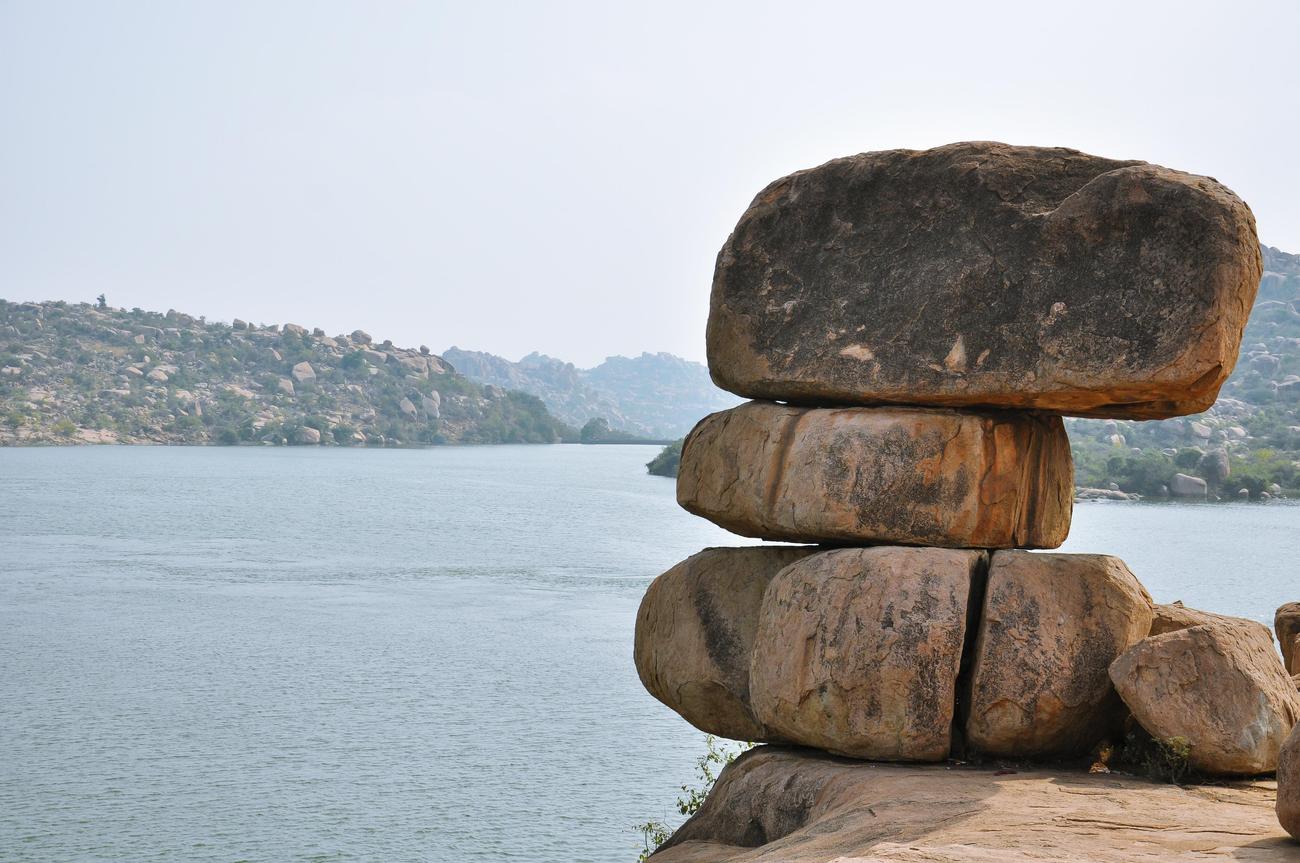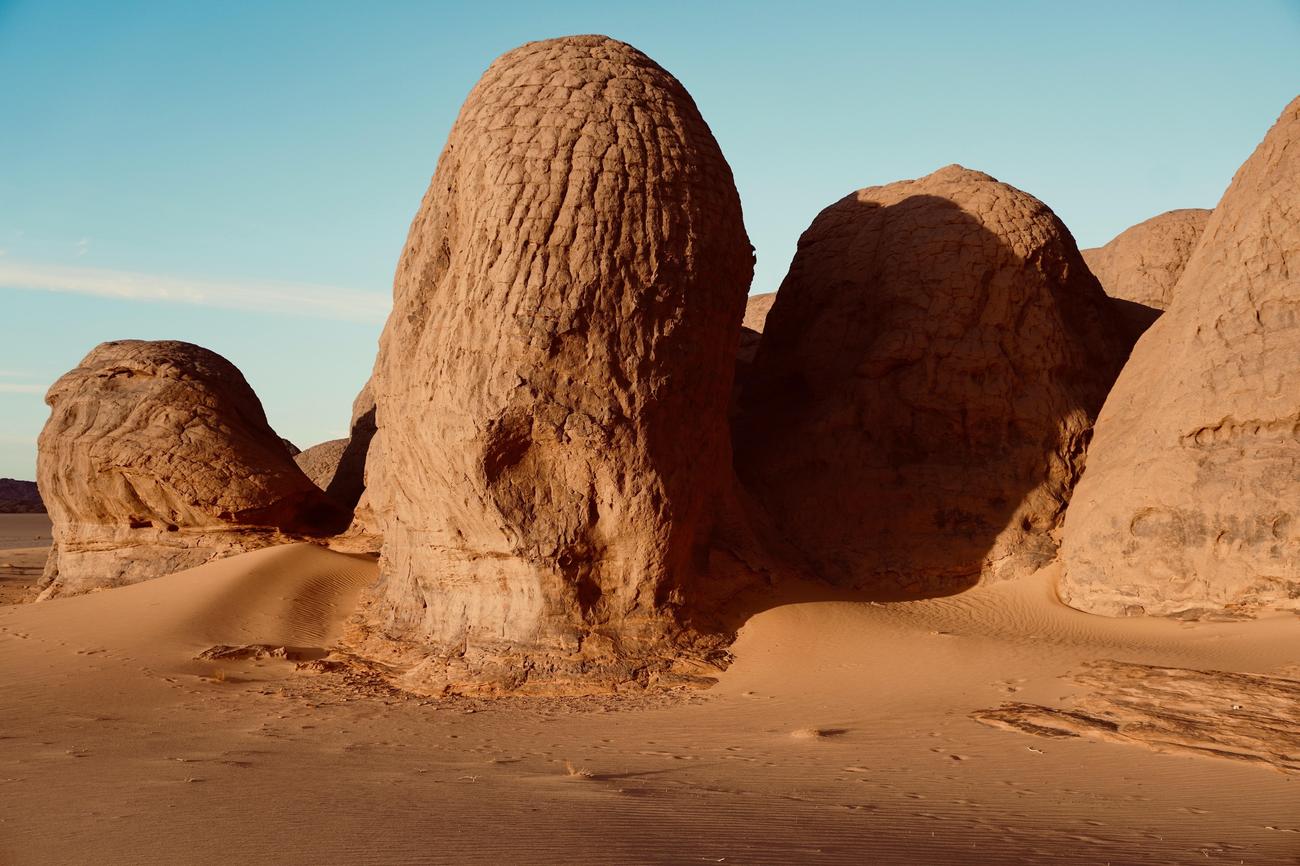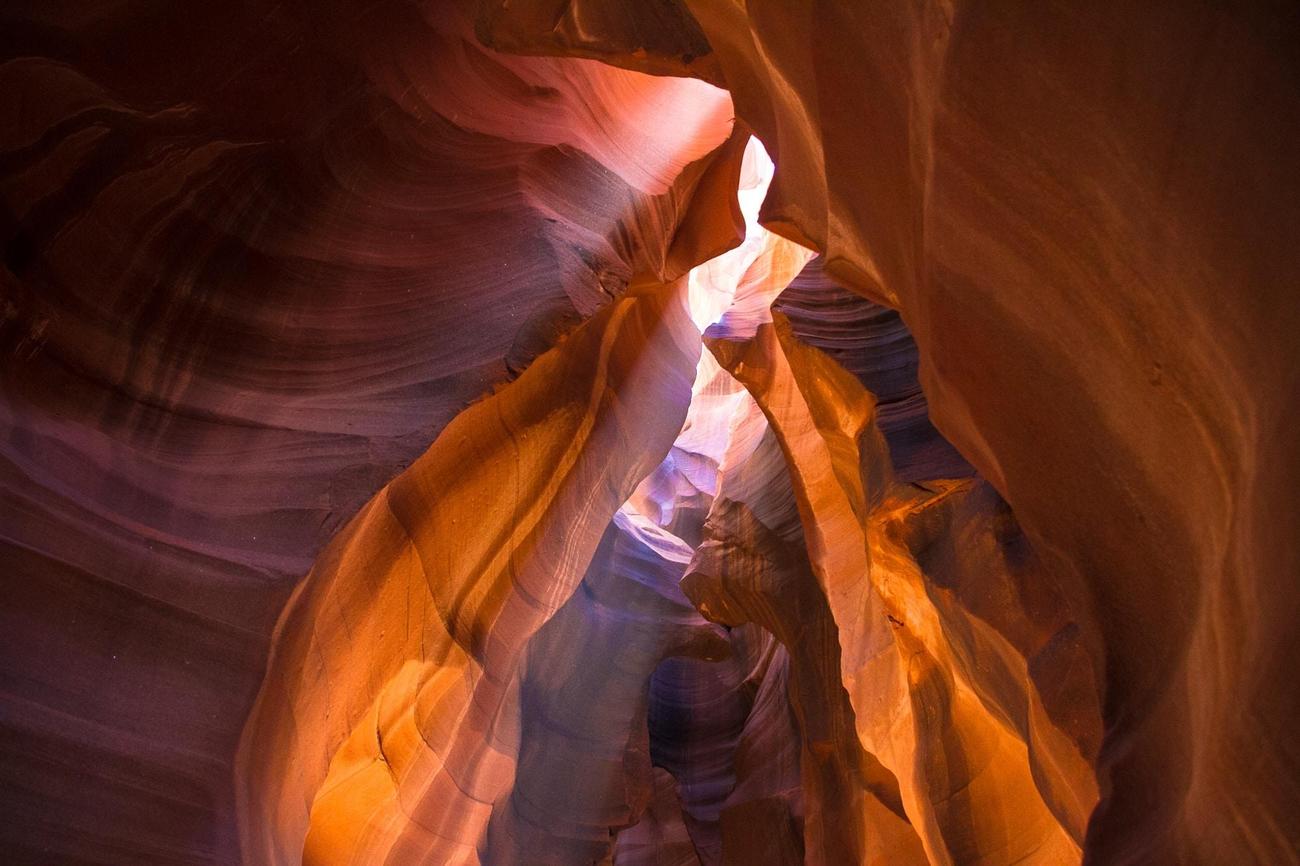Are you ready to delve into the remarkable world of granite rock? In this article, we will uncover the important facts about this intriguing geological formation. Join me, an experienced geologist with a deep understanding of mineralogy and rock formations, as we explore the fascinating features and significance of granite. From its unique composition to its diverse properties, we will unravel the mysteries behind this enduring and versatile building material. So, strap on your geological boots, for we are about to embark on an enlightening journey through the essential facts about granite rock.

Important Facts About Granite Rock
As an experienced geologist specializing in igneous rocks, I’m excited to unveil some important facts about granite rock. With its rich history and versatile applications, granite is truly fascinating. Let’s dive right into it!
1. Formation and Age: Granite rocks are some of the oldest rocks on our planet, forming during early geologic periods, including the Precambrian age. It’s incredible to think about the enduring presence of these ancient rocks throughout our history.
2. Composition: Granite is an igneous rock composed primarily of minerals such as feldspar, quartz, and mica. These minerals contribute to the diverse range of colors and styles found in different types of granite.
3. Origins of the Name: The name “granite” has its roots in the Latin language. It derives from the word “granum,” which means grain. This is fitting, as granite is known for its distinctive grainy texture.
4. Plutonic Rock: Granite is a plutonic rock, meaning it forms from the slow crystallization of magma below the Earth’s surface. Its formation process gives rise to its unique characteristics, making it highly sought after.
5. Durability and Hardness: Granite is one of the hardest rocks on Earth, ranking 6th on the Mohs scale of mineral hardness. This exceptional strength makes it incredibly durable and long-lasting.
6. Construction Marvel: Granite’s durability and aesthetic appeal have made it a popular choice in construction and building materials. It adds value to houses and structures, enhancing their beauty and resilience.
7. Versatility in Design: With its wide range of colors and styles, granite offers tremendous versatility in design applications. From countertops to flooring, granite can elevate the aesthetic appeal of any space.
8. Granite Countertops: Granite countertops are particularly renowned for their durability and heat resistance, making them an ideal choice for kitchens. They can withstand high temperatures and provide a stunning focal point in any culinary space.
9. Natural Porosity: Granite is naturally porous, which means it has tiny pores that can absorb liquids if left unsealed. To prevent staining, it’s generally recommended to seal granite surfaces regularly.
10. Cutting Board Etiquette: Granite countertops are tough and durable, but they can scratch kitchen knives if not handled properly. To maintain your knives’ sharpness, using a cutting board when working on granite surfaces is highly recommended.
11. Geological Significance: The prevalence of granite in the Earth’s crust makes it the most common type of intrusive igneous rock. Its presence contributes to the geological diversity and composition of our planet.
In summary, granite rock offers us a wealth of knowledge and visual delight. Its formation, composition, and wide range of applications make it a prized resource in various industries. Whether you envision granite as a stunning kitchen countertop or appreciate its geological significance, there is no denying the importance of granite rock.
“Granite, the enduring treasure born from the depths of the Earth, stands as a testament to its remarkable longevity and beauty.”
Granite is more than just a rock; it’s a fascinating piece of nature that holds many hidden secrets. If you’re curious to discover some intriguing fun facts about granite, then click here to explore them all. Our website has compiled an amazing collection of facts that will surely surprise and engage you. From its mesmerizing patterns to its remarkable durability, granite is truly a wonder of the earth. So, what are you waiting for? Unleash your curiosity and dive into the captivating world of fun facts about granite. Just click here to begin your journey.
Important Facts About Granite Rock
Granite rock is known for its beauty and durability. It is formed from molten magma that cools and solidifies beneath the Earth’s surface. One of the most fascinating aspects of granite is its granitic formations. These stunning patterns and textures make every piece of granite unique and eye-catching. If you’re curious to learn more about how geological processes shape granite, you won’t be disappointed. The interplay of heat and pressure over millions of years creates mesmerizing colors and patterns in the rock. From swirling veins to speckled flecks, the geological processes shaping granite are truly captivating. To discover more about granitic formations and the fascinating geological processes at play, click here: granitic formations. And if you’re eager to delve even deeper into the topic, explore how geological processes shape granite here. You’ll be amazed by the incredible power of nature!
Granite Rocks: A Closer Look at Earth’s Oldest and Hardest Rocks
[youtube v=”CeuYx-AbZdo”]
Introduction
Rock music may be your favorite, but today we’re taking a break from that to explore a different kind of rock – the geological kind. There are three major types of rocks: igneous rocks, sedimentary rocks, and metamorphic rocks. Let’s dive in and learn more about them!
Igneous Rocks: Born from the Fiery Depths
Igneous rocks are formed when magma, the molten matter inside the Earth, erupts from a volcano and cools down and solidifies. There are two types of igneous rocks: intrusive and extrusive. Intrusive igneous rocks are formed when magma cools down and solidifies inside the Earth’s surface. On the other hand, extrusive igneous rocks are formed when magma erupts above the Earth’s surface. Examples of igneous rocks include pumice and granite.
“Igneous rocks, born from the fiery depths of the Earth, come in two forms: intrusive, formed inside the Earth, and extrusive, formed on the Earth’s surface.”
Sedimentary Rocks: Layers of History
Sedimentary rocks get their name from being composed of sediments, such as minerals, small plant pieces, and other organic matter, that have been compressed and deposited over a long period. These rocks are often found on the ocean and lake beds, as well as on the Earth’s crust. Sandstone and coal are examples of sedimentary rocks.
“Sedimentary rocks, like sandstone and coal, are like layers of history, built over time from various sediments.”
Metamorphic Rocks: A Transformation Takes Place
When igneous and sedimentary rocks are exposed to high temperatures and pressures, they undergo a transformation called metamorphism. This process takes thousands of years and results in the rocks changing into denser and more compact forms. Examples of metamorphic rocks include slate and marble.
“Metamorphic rocks like slate and marble undergo a slow but fascinating transformation when exposed to extreme heat and pressure.”
The Geological Diversity and Beauty of Granite
Among the various types of rocks, granite stands out as one of the oldest and hardest. Formed during early geologic periods, granite is primarily composed of minerals such as feldspar, quartz, and mica. The name “granite” originates from the Latin word “granum,” meaning grain, which perfectly describes its grainy texture.
“Granite, one of the oldest and hardest rocks, gets its name from its grainy texture.”
Granite is a plutonic rock that forms from the slow crystallization of magma beneath the Earth’s surface. Its durability and long-lasting nature make it highly sought after in construction. It not only adds visual appeal but also offers exceptional strength. With a wide range of colors and styles available, granite is versatile in design applications.
“Granite, a mesmerizing plutonic rock, forms beneath the Earth’s surface and boasts durability and aesthetic appeal for various construction purposes.”
Granite countertops, in particular, are famous for their durability and resistance to heat. However, it is essential to note that granite is naturally porous and should be sealed to prevent staining. While granite is highly resilient, it’s advisable to use a cutting board to protect both the knives and the countertop from scratches.
“Granite countertops offer longevity and heat resistance, but it’s important to seal them to avoid staining. Using a cutting board can prevent scratches.”
Contributing to the Earth’s geological diversity and composition, granite is the most common type of intrusive igneous rock in the planet’s crust. Its presence showcases the dynamic processes that have shaped our planet over time.
“Granite, as the most common intrusive igneous rock, plays a significant role in Earth’s geological diversity and composition.”
Conclusion
In conclusion, the different types of rocks, including igneous, sedimentary, and metamorphic rocks, offer a glimpse into Earth’s ancient history and geological wonders. Granite, as one of the oldest and hardest rocks, brings both durability and beauty to various construction projects. Its diversity in color and style options, as well as its heat resistance, make it a top choice for countertops. So, next time you rock out to your favorite tunes, remember the incredible rock formations that make up our planet.
“The world of rocks, from igneous to sedimentary to metamorphic, holds fascinating insights into Earth’s history. Among them, granite shines as a testament to durability, beauty, and the geological wonders that surround us.”

FAQ
Question 1
What is the composition of granite rock?
Answer 1
Granite is composed of minerals such as feldspar, quartz, and mica.
Question 2
Is granite radioactive?
Answer 2
Yes, granite is radioactive in nature, but it does not pose any health risks to humans.
Question 3
How is granite formed?
Answer 3
Granite rocks are formed during the early geologic periods, some as early as the Precambrian age, making them the oldest rocks on the planet. Granite is a plutonic rock, meaning it forms from the slow crystallization of magma below Earth’s surface.
Question 4
What is the hardness of granite?
Answer 4
Granite is one of the hardest rocks on Earth and ranks 6th on the Mohs scale of mineral hardness.
Question 5
What are the uses of granite?
Answer 5
Granite is commonly used in construction and building materials. It is also popular for countertops, as it is durable, heat resistant, and adds aesthetic appeal to a house.
- Georgia Platform: A Southern Strategy, 1850s - March 31, 2025
- How many weeks is 40 days: Quick Conversion Guide for Accurate Results - March 31, 2025
- How many feet is 300 meters? 984 Feet: Understand Length Conversions Easily - March 31, 2025
















